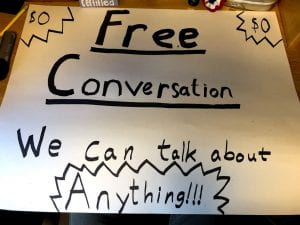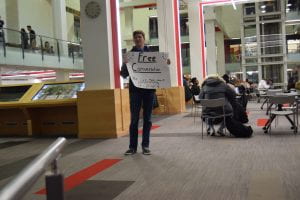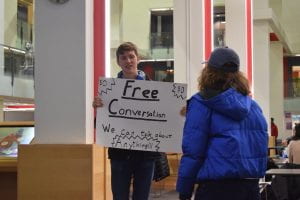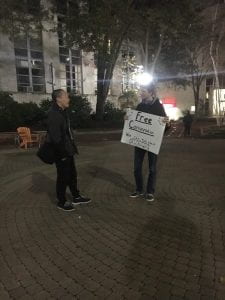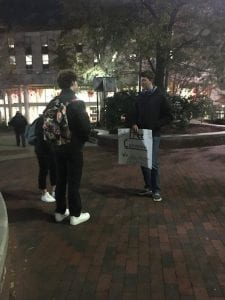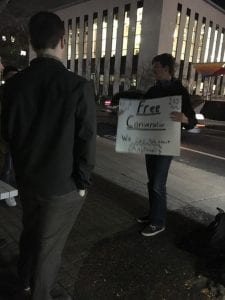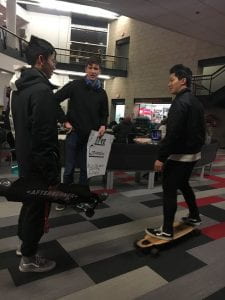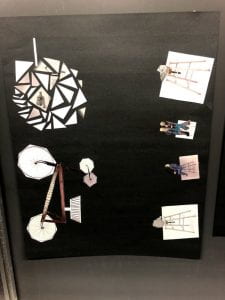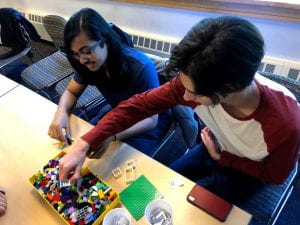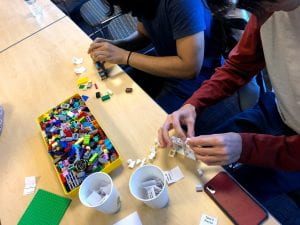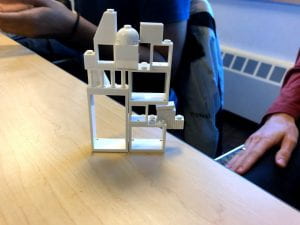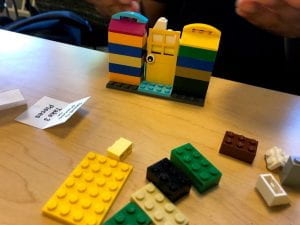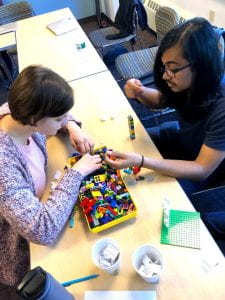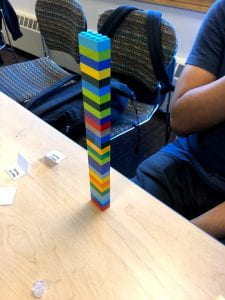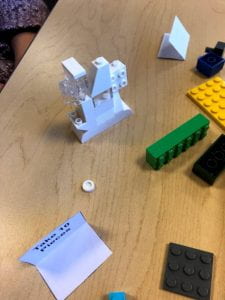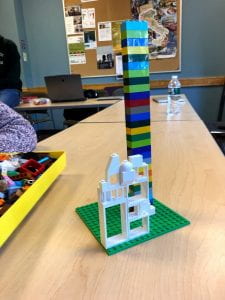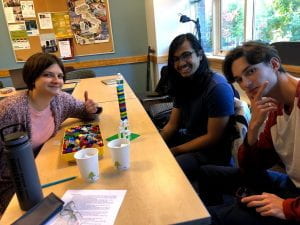Going in Circles, Artist’s Statement:
My project, “Going in Circles” is an experimental platformer in which you play as a circle navigating a circle trying to obtain circles while reaching the final central circle. The game is a metaphorical representation of life meant to induce the feeling of one’s life going in circles at times, that the loop can never be escaped but that one needs to do the best in the loop they’re given, as represented by the ending. You can either collect all the coins or successfully reach the end, either way you won’t “win” the game, but you’ll succeed in the path you choose. I was greatly inspired by a lot of the works we studied in class, such as some of the art games like “Dys4ia” and “The Marriage”. These games used basic shapes and inventive game mechanics to represent an experience without very explicit details. “The Marriage” especially acts as an inspiration since it represents a marriage through two squares which need to touch each other but also grab circles in order to maintain their survival. I tried to emulate this concept of simple shapes and complex game mechanics acting as metaphors for more complex concepts. In addition, the focus on circles was sort of inspired by the Fluxus Happenings, since they play around with one simple object or concept and use it in different ways to create art. In a similar way, I used circles and other simplistic shapes to produce a game about life in general. The circular design was somewhat inspired by those cheap circle maze toys, in which you lean the toy in different directions to move the ball to the center. Finally, I was inspired a bit by Marcel Duchamp’s LHOOQ in which the Mona Lisa is appropriated since he added a goatee and the phrase “LHOOQ” to make a comment about beauty in art. In my work, I appropriated the Mona Lisa as the reward for completing all three levels, to symbolize the end goal of a happy life which will never be completely reached.
Documentation:
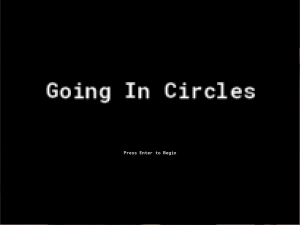
The title screen for the game. It’s been designed to be very simplistic.
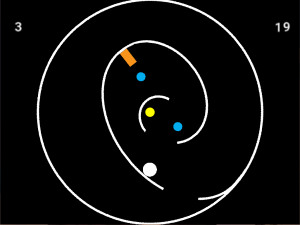
The first level of the game. You have 30 seconds to complete the level. It’s relatively simple and easy to navigate, allowing the user to develop an understanding of the game mechanics early on. The blue circle is the collectible, the white circle is the character, the yellow circle is the end goal, and the orange rectangle is the obstacle.

The second level of the game. It really draws heavily from the circle maze toy. It has more complexity and difficulty in its design as you need to spin the level around a lot to get all the blue circles and then get to the middle. You only get 20 seconds to complete this level, making it a bit more difficult than the previous level.
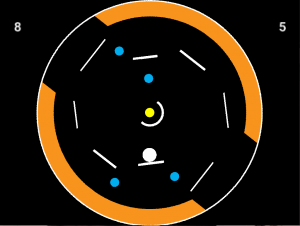
The third level of the game. This level has the most danger as it’s the last level and it should be the hardest level. In addition, you get only 10 seconds to complete the level, inducing a panic as you try to grab as many blue circles as possible without falling into the orange obstacle. Finally, the main choice of the entire game is given here, as you have to chose to complete the level or get the last blue circle. (Next posts)

This is the game over screen if you die by hitting the orange or running out of time. As shown here, the player can get all 15 blue circles, but they won’t be able to “complete” the last level, and thus they get a game over.
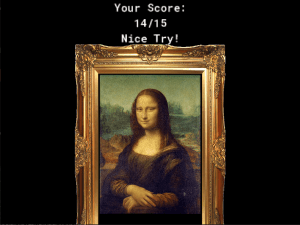
The other option for the player is that they end the game with only 14 blue circles of the 15, and get the amazingly passive aggressive phrase “Nice Try!” In addition, the Mona Lisa is displayed to correspond with the number of blue circles collected, so it will never fill up the frame completely since you’ll never get the win and get all 15 blue circles.

This is my friend Jimmy. I had him play test the game and watching his process of playing through the game was fascinating. At the start, he collected a couple coins, but decided he wanted to simply complete the game. So his first goal became to get to the end. He lost a lot. Ultimately, he beat the third level, and got the Mona Lisa end screen, but had only collected 2 blue circles and couldn’t even tell what it was. Then his new goal became to collect all of the blue circles and get to the end. Again, he died a lot. He began to master the game as he kept playing. Once he got to the last level, he became confused as he couldn’t figure out how to get the last blue circle to get 15/15 without dying. After getting there a couple times, he was very confused, he couldn’t figure out the proper way to get 15/15 and win. He tried different methods but kept losing. Eventually I told him that you have to die to get 15/15. He then decided to get 15/15 and die, and also get 14/15 and get the Mona Lisa. However something even more interesting, which I didn’t expect, occurred. He kept playing after getting those two endings, with no real end goal. It was fascinating, he was hooked to the game. I then asked him about it, and he wasn’t really sure why he was still playing. Ultimately, the two of us chalked it up to the idea that humans want completion and this game will never provide it, so people will keep playing for a complete ending which is impossible. It was almost like his mind had entered its own circle.

